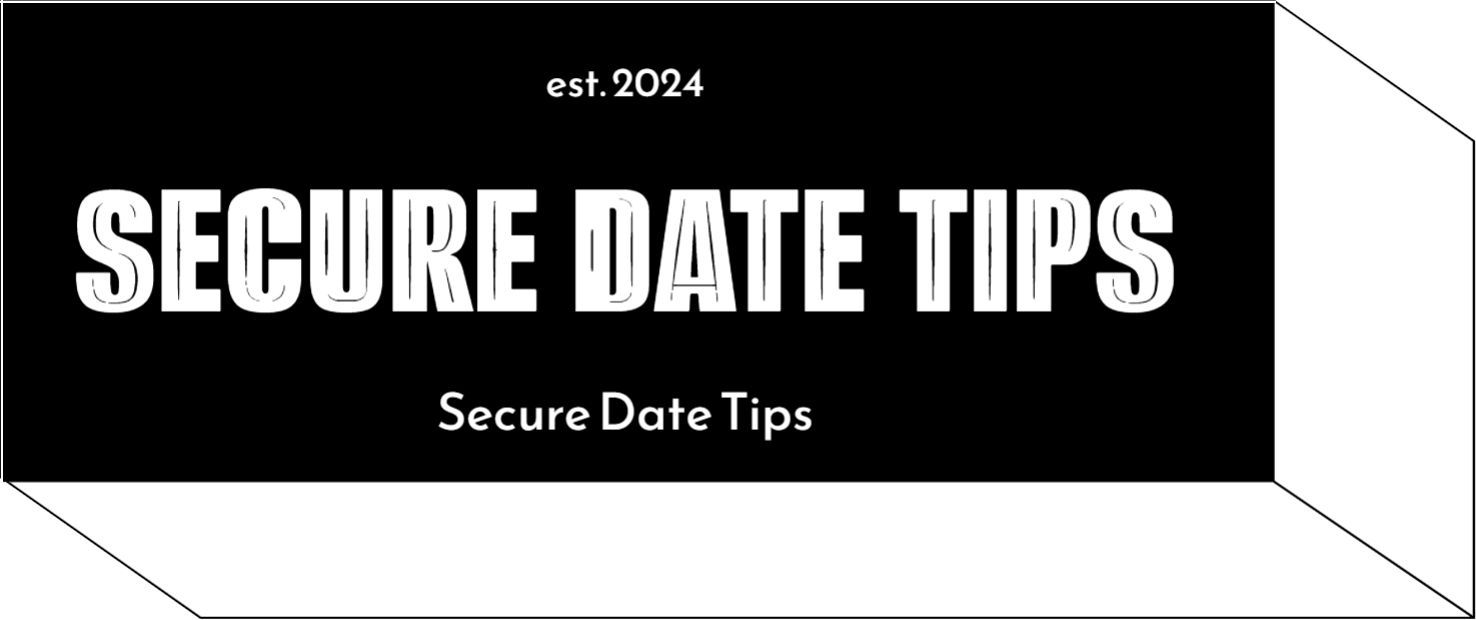In the vast digital landscape, where friendships are forged with a click and connections span continents, not every profile is what it seems. The allure of a new friend request or an intriguing follower can quickly turn from exciting to alarming if the person behind the screen isn’t who they claim to be. In this age of virtual interactions, spotting a fake profile before it’s too late has become an essential skill. This article will guide you through the art of digital discernment, equipping you with the tools to navigate social networks with confidence and caution. Join us as we unveil the subtle signs and savvy strategies to help you stay one step ahead in the online world.
Spotting the Red Flags: Analyzing Profile Details
When evaluating a profile, it’s crucial to scrutinize the details that might seem insignificant at first glance. Inconsistencies in personal information can be a major indicator. For example, if the age doesn’t align with the education or career timeline, this could be a red flag. Pay attention to the quality of the profile picture. Blurry, overly edited, or generic images often suggest a lack of authenticity. Reverse image search tools can be invaluable here.
- Profile Completeness: Genuine profiles typically have well-rounded sections. Look for scant or overly vague information.
- Language and Grammar: Watch for awkward phrasing or numerous errors that could hint at a hastily constructed profile.
- Engagement Patterns: Examine the activity history. A recent account with excessive friend requests or messages may signal ulterior motives.
These subtle cues can often reveal more than meets the eye. A careful analysis helps ensure that you engage with authentic and trustworthy individuals.

Unveiling the Truth: Scrutinizing Photos and Images
In the digital realm, images often serve as the first impression of a profile. Scrutinizing these visuals can reveal hidden truths. Start by examining the photo quality. A high-resolution image suggests authenticity, while pixelation or blurriness may indicate a copied or altered picture. Consistency is key; look for multiple photos showing the same person in different settings. A profile with only one or two images might be suspect.
- Reverse Image Search: Use tools like Google Images to see if the photo appears elsewhere on the internet.
- Background Analysis: Notice if the background looks generic or if there are any mismatched elements.
- Lighting and Shadows: Inconsistent lighting or shadows can be a sign of digital manipulation.
Being vigilant about these visual cues can protect you from engaging with deceptive profiles. Remember, an authentic online presence often reflects a genuine personality.

Digital Footprints: Investigating Online Activity
In the age of social media, distinguishing between genuine and fake profiles can be challenging yet essential. Start by scrutinizing the profile picture. Authentic users often use clear images of themselves, while fake accounts may have blurry, generic, or too-good-to-be-true photos. Look for inconsistencies in the profile information. Inconsistencies in age, location, or education can be red flags.
- Check Engagement: Genuine profiles typically have consistent interactions. Fake profiles might have an unusual follower-to-engagement ratio.
- Analyze the Content: Real users share diverse content. If a profile has repetitive or irrelevant posts, it might be fake.
- Investigate Mutual Connections: If you share no mutual friends or connections, proceed with caution.
Remember, it’s crucial to trust your instincts. If something feels off, it probably is. By staying vigilant, you can protect your digital identity and maintain a safer online experience.

Trust but Verify: Communication Patterns and Language Use
When evaluating online profiles, a keen eye on communication patterns can reveal more than meets the eye. Authentic profiles typically reflect consistency in language use, tone, and style. Be wary of profiles with inconsistent language, such as abrupt changes in tone or style that don’t match the rest of the content. This can be a red flag for a profile that has been cobbled together from various sources.
- Generic language: Look out for overused phrases or vague descriptions that lack personal detail.
- Inconsistent tone: Notice if the profile shifts unexpectedly from formal to casual language.
- Excessive flattery or urgency: Be cautious of language that seems overly complimentary or urgent, as it might be designed to manipulate emotions.
Trust your instincts but always verify by cross-referencing information where possible. If something feels off, it probably is.



